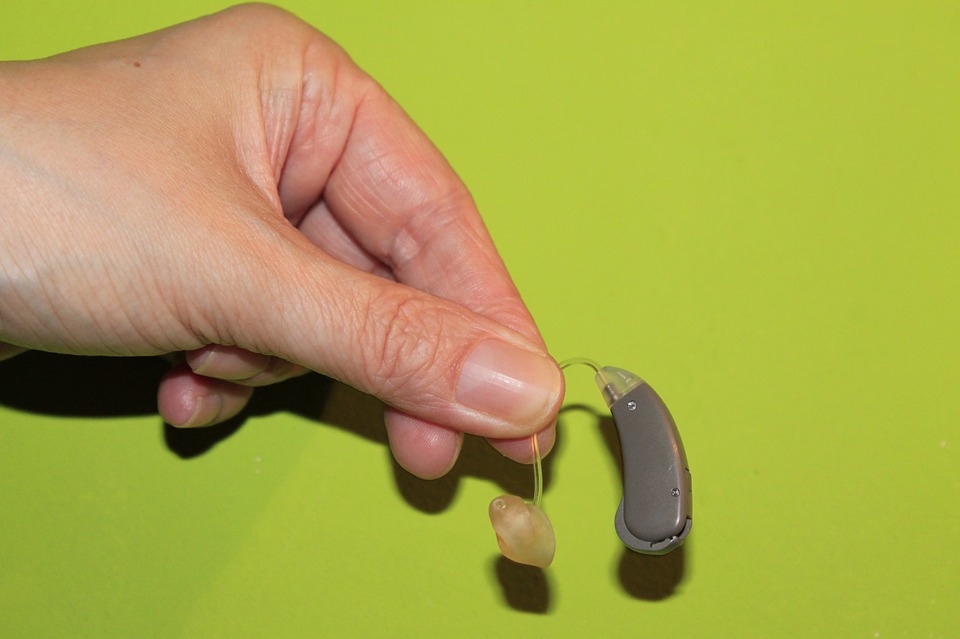Hearing aid implants .The hearing aid implant is a new alternative to the traditional hearing aid providing superior acoustics. It consists of two components: an internally implanted receiver and an external audio processor which work synergistically in order to enhance the middle ear hearing function in patients with some residual natural hearing.
Hearing aids typically are miniature amplifying devices worn outside the ear by people who have some natural hearing. Cochlear implants are surgically implanted within the ear so as to enable those patients who have no hearing left to pick up and distinguish middle and higher frequency sounds. These bypass the damaged portions of the ear and directly stimulate the auditory nerve, and the electrical impulses are sent to the brain via wires implanted in the ear.
The external processor nestles behind the ear and transmits sounds across the skin to the receiver. These signals are converted into vibrations by the receiver and transmitted into a miniature transducer in the middle ear via a thin wire, which mechanically vibrates the ossicles. As the energy is directly transmitted to the middle ear bones, problems related to poor acoustics, background noise and general discomfort are eliminated. As the process bypasses both the auditory canal and the eardrum, the resultant sound clarity is much better.
Specialists believe that patients
can hope for a significant improvement in the ability to understand speech, especially in a noisy situation, decreased feedback as well as a significant reduction in infections and discomfort. The implant has a thin electrode, occupies less space in the inner ear, and is implanted by special surgical techniques thus preserving natural hearing.
The implantation of the hearing aid implant is a procedure that takes about two hours. The cost of the implant is around $10,000, but the device proves to be more cost effective than a conventional hearing aid as its life is ten years as against the three to four years that a hearing aid lasts.
The use of this device is still investigational, and given that there have been no randomized case control trials demonstrating it efficacy and potential risks, patients are advised to thoroughly discuss its relative merits and drawbacks with their otolaryngologist before considering the procedure. Anecdotal reports suggest that the most common serious complication is loss of the residual hearing in the ear receiving the implant. Significant hearing loss has been reported in 10 percent to 15 percent of recipients.
The hearing aid implant can prove to be a blessing for the particular subgroup of patients it targets by amplifying as well as electrically transducing the frequencies lost to the hearing impaired ear.












